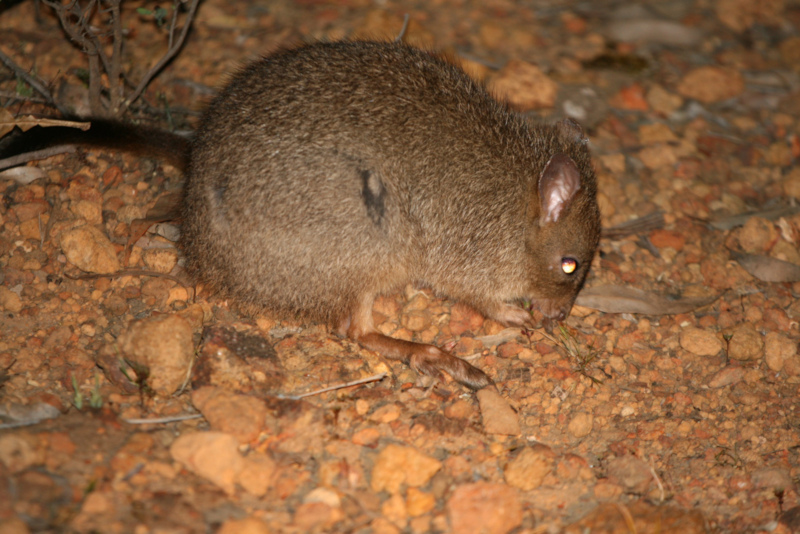
Woylie Facts
- To be certain, the short term of Woylie serves as one of the common names for a small, extremely rare type of marsupial. The extremely unique animal also goes by the somewhat unusual alternate common name of the brush-tailed bettong.
- Quite similarly, the remarkable mammal also bears the somewhat difficult to pronounce scientific name of the Bettongia penicillata. Regardless, though, of which name one uses to refer to the creature, one undeniable fact stands out.
- Be it common or scientific, both terms serve to point out the same thing. That’s the fact that the Woylie remains a most fascinating creature. The renowned British zoologist, J. E. Gray made the first known scientific description of the species.
- This highly fortuitous event, at least for science, occurred in the year 1837. The highly respected zoologist created this description based on a study of the remains of a single specimen found in the British Museum of Natural History.
- Unfortunately, the IUCN presently lists the amazing Woylie as Critically Endangered. This most regrettable ranking appears on the organization’s Red List. This position holds firm due to a combination of several lamentable factors.
- Because of a collapse of its population, only widely scattered pockets of population now remain. It’s therefore at extreme risk from the effects of habitat loss. And for much the same reasons, it also now faces the threat of climate change.
Related Articles
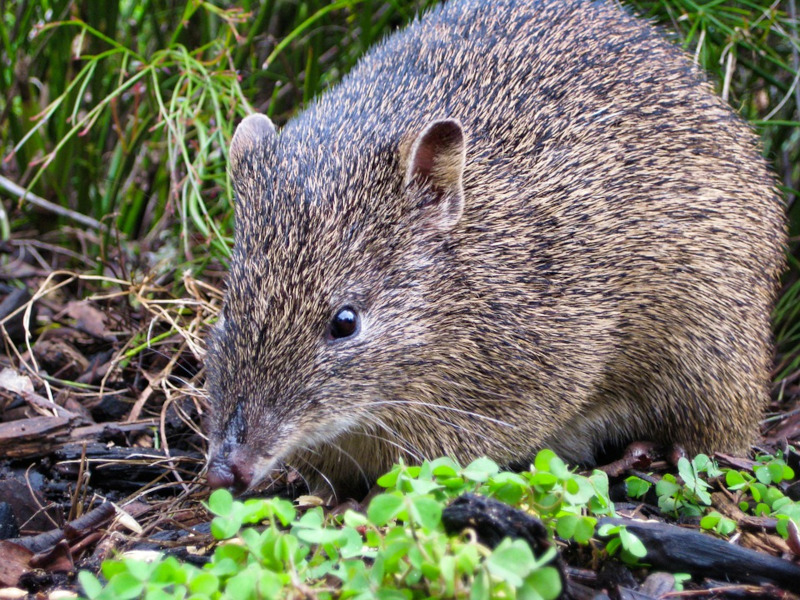
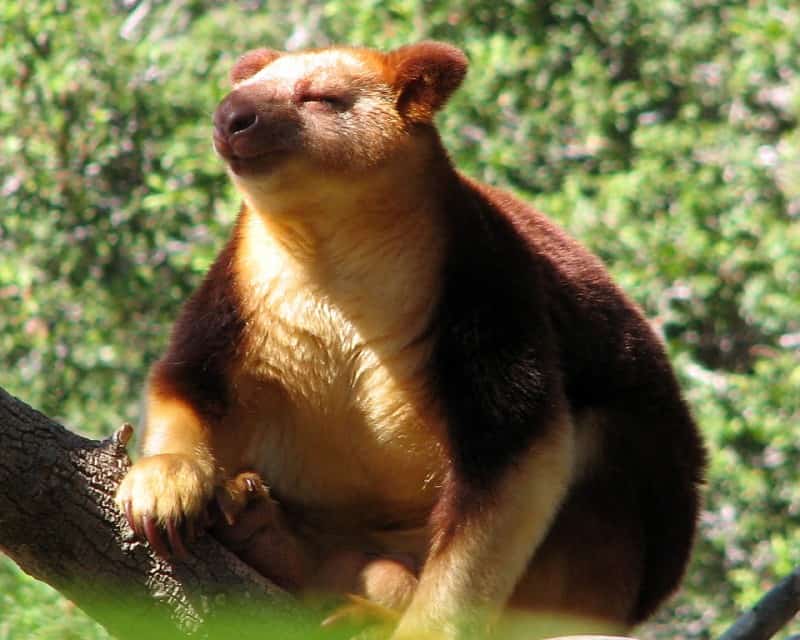

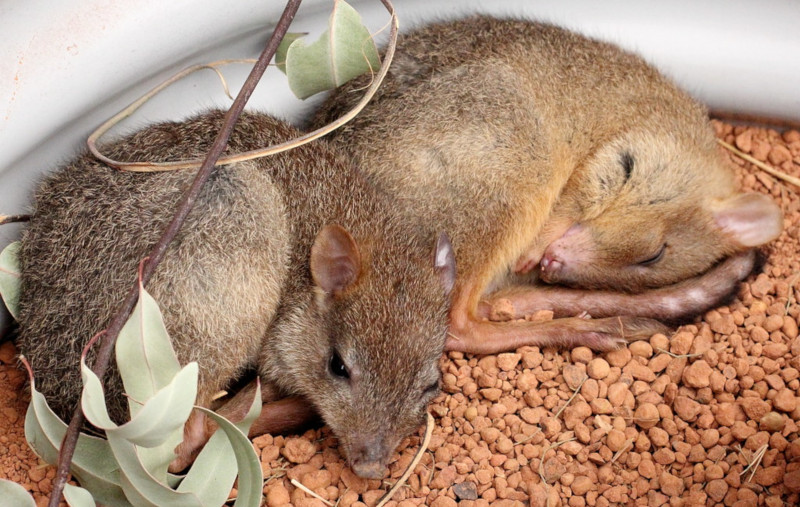
Woylie Physical Description
It must be noted that, although the Woylie is a truly remarkable animal, it doesn’t earn that distinction due to sheer physical size. That holds true due to the fact that it represents a small variety of marsupial. It certainly isn’t the smallest of them, though.
That particular distinction belongs to any of the currently five extant species of pygmy possum, such as the Mountain Pygmy Possum. This incredible animal also displays only a very slight degree of the characteristic of sexual dimorphism.
In the case of this animal, however, that trait manifests itself in terms of physical size. That’s because males tend to be very slightly larger than females, in terms of mass. But the difference typically remains so small as to be unnoticeable to the naked eye.
Overall, the head and body of both sexes attains a small size, as the common name implies. This reaches a length measuring roughly 12.2 – 15 in (31 – 38 cm). The long, thin tail the Woylie also develops adds an impressive 11.4 – 13.8 in (29 – 35 cm) to its length.
The animal also evolved as a very light species. This holds true because, while males may weigh a minor amount more, overall, individuals weigh about 2.86 lb (1.3 kg). Otherwise, both genders of the amazing Woylie appear visually indistinguishable.
The majority of the body has a pelage presenting a grayish-brown background. But the flank, thigh, and face show a lighter shade. Meanwhile, this fades to a pale cream color on the underside. Finally, the tail shows a reddish-brown, with a black tip.
- Kingdom: Animalia
- Phylum: Chordata
- Class: Mammalia
- Order: Marsupial
- Family: Diprodontia
- Genus: Bettongia
- Species: B. penicillatta
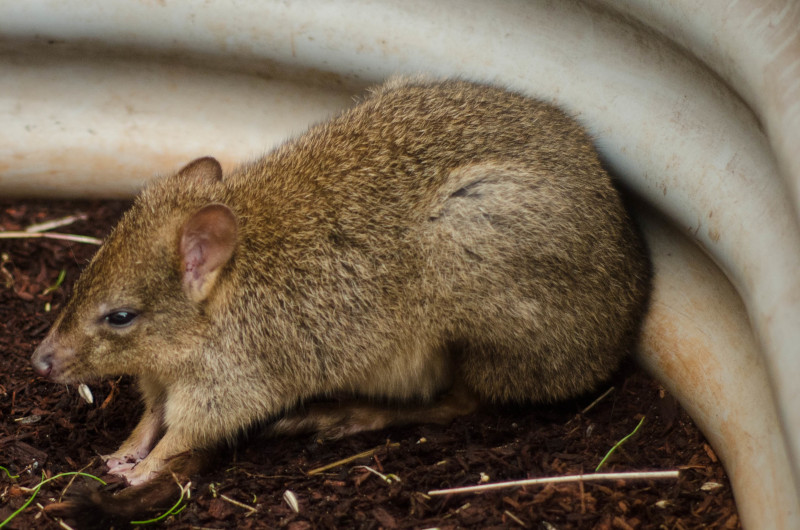
Woylie Distribution, Habitat, and Ecology
Originally, the habitat range of the incredible Woylie covered the majority of the section of the world in which it evolved. That magnificent region of the world itself already remains renowned for the astounding variety of its wildlife.
That’s because of the fact that this creature evolved to inhabit the continent of Australia. Once, it occupied 60% of the entirety of the region. Sadly, however, its only known populations appear in a total of nine isolated and widely scattered groupings.
Several of these population concentrations nevertheless represent areas in which it has been reintroduced. This occurred through ongoing conservation efforts. Presently, the largest known population grouping exists in the region of Perth.
Previously, the remarkable Woylie inhabited a relatively wide range of habitat types, displaying impressive adaptability. These included regions of arid scrub and certain grasslands.
Presently, though, the vast majority of known remaining individuals inhabit a distinctive and surprising environment. That’s true because of the fact that they appear in a unique and distinctive habitat comprised of low-set eucalyptus-like vegetation.
Like related species, it has a diet mainly formed of fruits and fungi. As a result, it feeds on fruits endemic to its current range. It also feeds on the seeds and tubers of the same plants. But, it further consumes small quantities of various insects, opportunistically.
The Woylie also evolved to be primarily nocturnal in its behavioral patterns. As a result, it typically rests during the day, and emerges at dusk, and returning before dawn. It nests in a dome-shaped construction it builds, usually under a bush or scrub.
Species Sharing Its Range
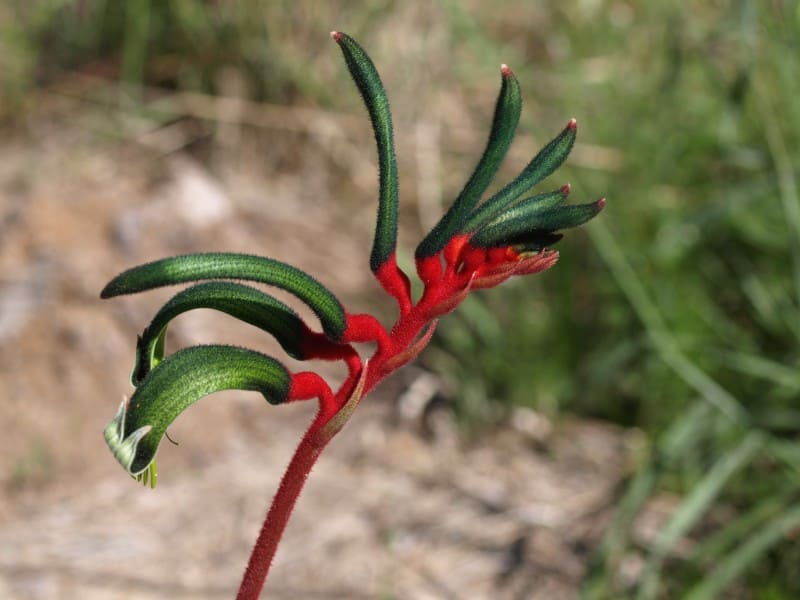
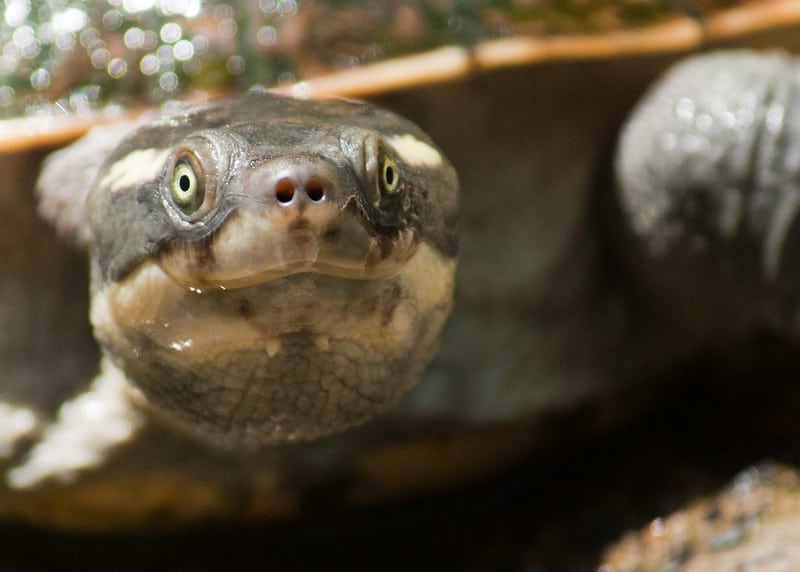
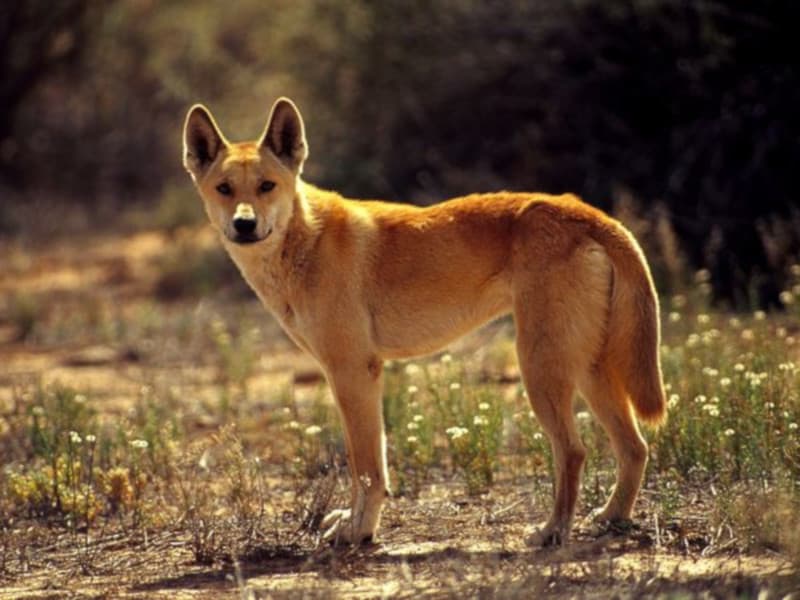
Check out our other articles on 4 Stunning South American Woody Shrubs, Basking Shark, Prohodna Cave, Bagheera kiplingi, Guinan cock-of-the-rock, Bornean Flat Headed Frog









Leave a Reply